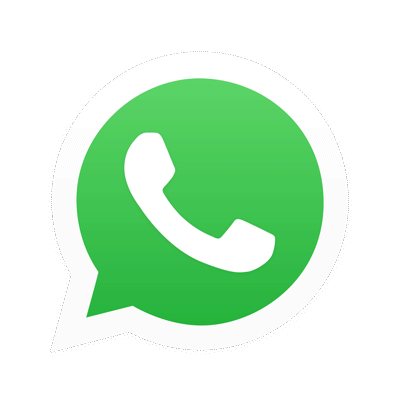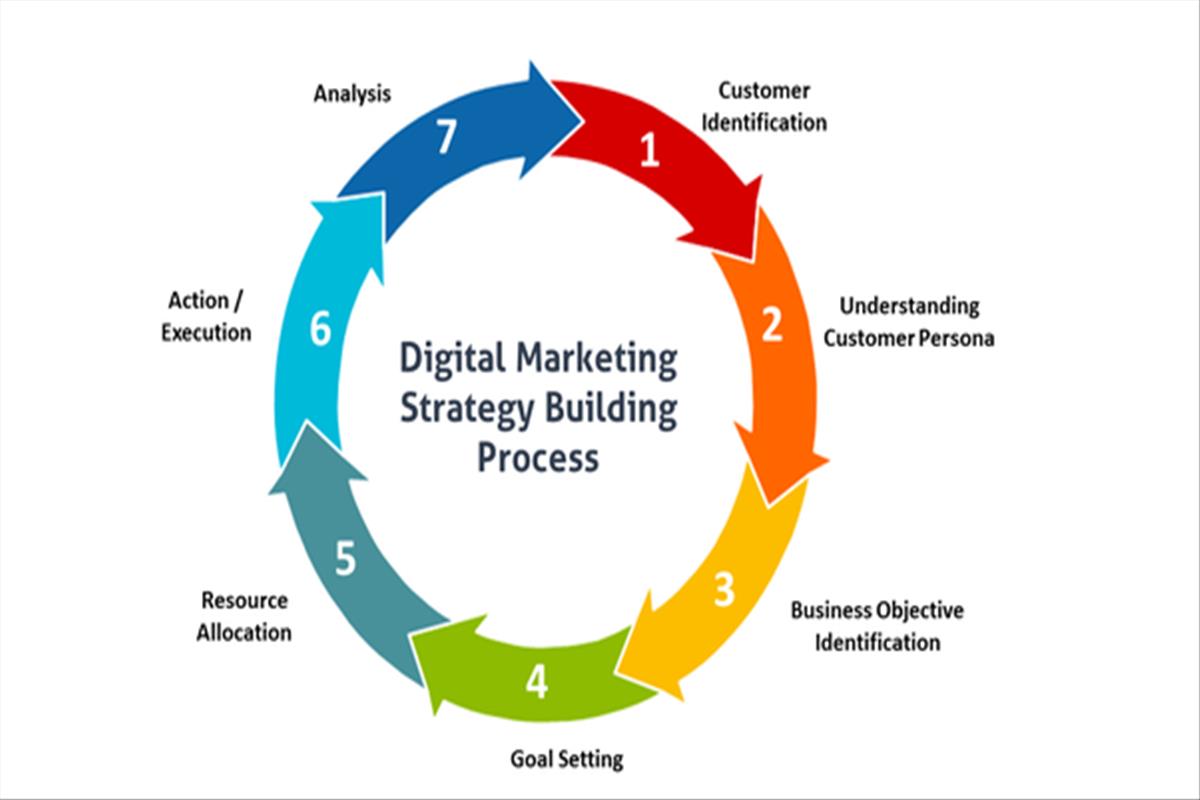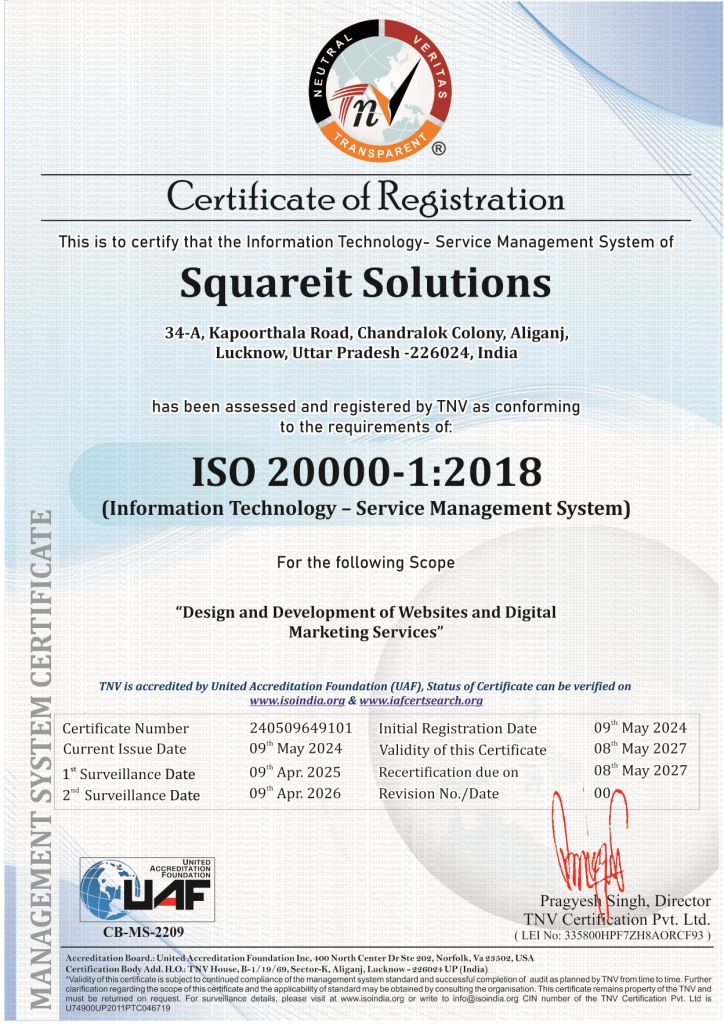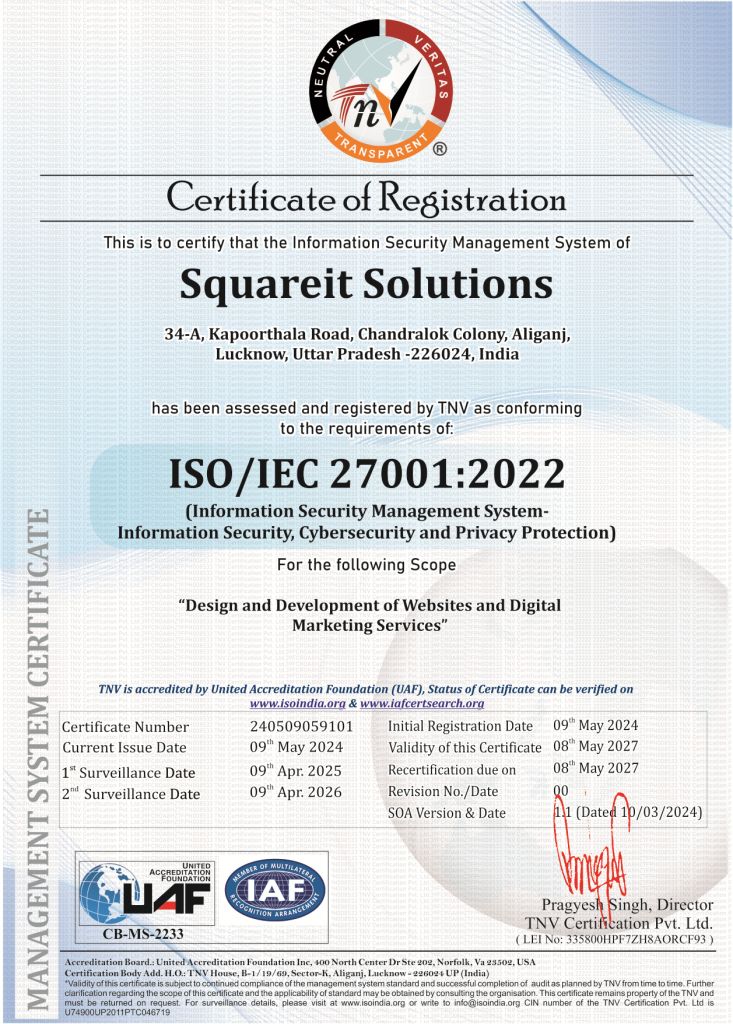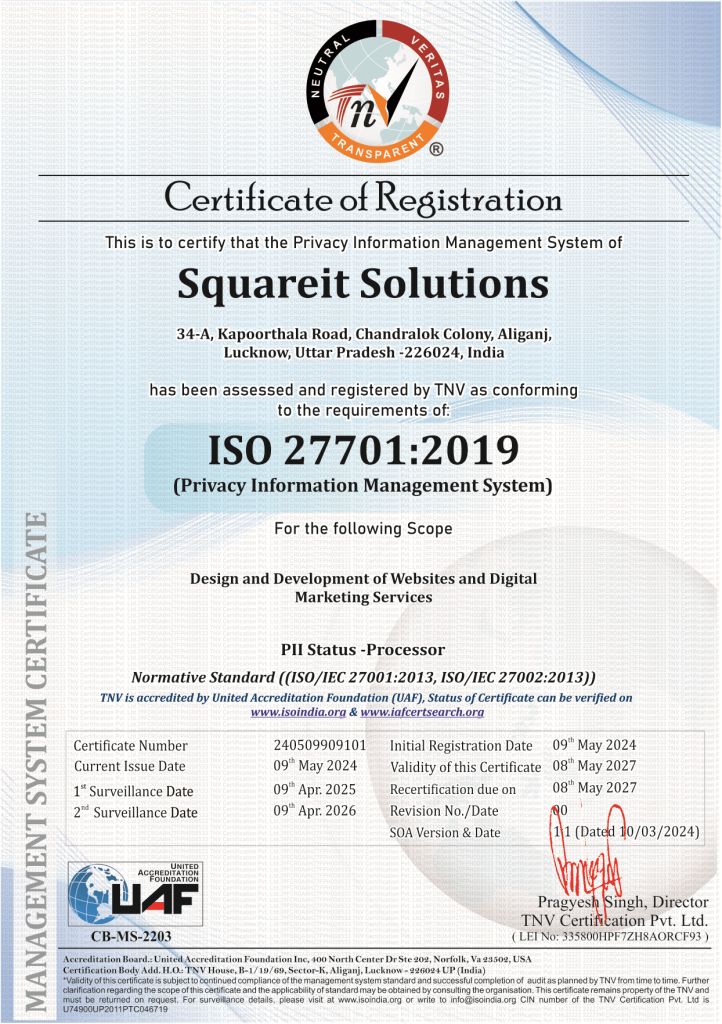Discover top client communication strategies to enhance relationships, build trust, and drive success in business interactions. Learn best practices for active listening, setting clear expectations, managing feedback, and utilizing technology for effective communication.
Introduction
Effective communication with clients isn't just about exchanging information; it's about building relationships and fostering trust. Whether you're in sales, consulting, or managing a small business, how you communicate can significantly influence client satisfaction and loyalty. In today’s fast-paced business environment, mastering the art of client communication can set you apart from the competition and pave the way for lasting success. This blog explores the best practices for client communication that can enhance your interactions and strengthen your business relationships.
Importance of Client Communication
Effective communication with clients is a cornerstone of successful business relationships. It not only facilitates smoother project execution but also builds a foundation of trust, enhances credibility, and nurtures long-term partnerships. By emphasizing clear and consistent communication, businesses can significantly improve client satisfaction and retention rates.
Building Trust
Building trust begins with transparency and consistent communication. When clients feel informed and involved in the process, their trust in your services increases. Regular updates, prompt responses to queries, and an open line of communication are all crucial. Trust is enhanced when clients know they can rely on you to provide timely and accurate information, making them feel valued and secure in their choice to do business with you.
Enhancing Credibility
Credibility stems from your ability to not only talk the talk but also walk the walk. Effective client communication means delivering on promises and maintaining professionalism in every interaction. By demonstrating a commitment to quality and showing respect for client opinions and feedback, businesses reinforce their reputation as reliable and competent providers. This credibility is essential for developing sustainable business relationships and attracting new clients through positive word-of-mouth.
Key Strategies for Effective Client Communication
To keep the communication lines with clients clear and beneficial, several strategies can be employed. These are designed to enhance understanding, foster collaboration, and ensure satisfaction on both ends.
Active Listening Techniques
Active listening is key in understanding client needs and expectations. This means not just hearing words, but also interpreting the emotions and ideas conveyed. Techniques include:
- Paraphrasing what the client has said to confirm understanding
- Asking open-ended questions to encourage detailed responses
- Maintaining eye contact and appropriate body language during face-to-face meetings
These actions show clients that their views are valued and their concerns are taken seriously.
Setting Clear Expectations
From the onset of any client relationship, clearly defining what each party can expect is vital. This includes timelines, costs, and the scope of work. Clear expectations prevent misunderstandings and ensure both parties are aligned from the start. It’s also crucial to document these agreements to refer back to them as needed.
Managing Feedback Effectively
(using-Feedbacks/templates)
Constructive feedback, whether positive or negative, is a gold mine for continuous improvement. Encouraging clients to share their thoughts can lead to valuable insights on how to serve them better. To manage feedback effectively:
- Always thank clients for their input
- Quickly address any issues raised
- Implement changes where necessary
Handling feedback with grace and professionalism further strengthens client relationships, demonstrating your commitment to their satisfaction and continual service improvement.
Tailoring Communication to Different Client Types
Every client is unique, and recognizing their specific communication preferences and requirements can significantly enhance your interactions. Whether it's a preference for detailed reports, quick summaries, frequent updates, or high-level touchpoints, adjusting your communication approach can lead to smoother relationships and better outcomes.
Understanding Communication Preferences
Begin by noting how each client prefers to receive information. Some might favor direct calls or in-person meetings, while others might prefer the efficiency of emails or the dynamic of video conferences. Take note of their response times and the mode they use to reply to you. These patterns indicate their comfort zone in communication mediums and will help you align your strategies accordingly.
Adapting Communication Styles
Adapting your communication style isn't just about changing the mode of communication; it's also about adjusting the tone, formality, and even the frequency of your messages. For instance, some clients appreciate a casual tone with a friendly touch, while others expect a strict professional format. Always mirror the client’s style and tone in your communications to show respect for their preferences.
Utilizing Technology for Improved Client Communication
Incorporating the right technology tools can significantly boost the efficiency and effectiveness of client communication. From emails and video calls to comprehensive CRM systems, technology offers numerous avenues to enhance your communication strategies.
Email Best Practices
When using email, always keep the subject line clear and actionable. Personalize your emails Google Workspace to build a deeper connection with the client. Remember to keep your messages concise but informative, providing essential details without overwhelming the reader. Use bullet points or numbered lists to highlight key points, ensuring they are easy to scan.
Video Conferencing Tips
For video conferencing, ensure your technology is reliable—test your equipment beforehand. Choose a professional and distraction-free backdrop. During the meeting, be mindful of your body language; maintain eye contact and nod to show engagement. Also, prepare an outline of the discussion points ahead of time to ensure a focused and productive meeting.
Using CRM Systems for Enhanced Communication
A Customer Relationship Management (CRM) system can be pivotal in managing and improving communications with clients. These systems help track all communication histories, preferences, and client data, enabling personalized and timely interactions. Regularly updating the system and training your team on its functionalities will help you leverage the CRM to its full potential for better client communication in both small-scale and broad interactions.
Overcoming Communication Challenges
Navigating communication hurdles effectively is essential to maintaining strong client relationships. Overcoming these challenges involves understanding and actively addressing misunderstandings and managing difficult conversations with poise and professionalism.
Dealing with Misunderstandings
Misunderstandings can create barriers to successful client communication. To resolve these effectively:
- Clarify immediately: As soon as a misunderstanding arises, address it by clarifying your points clearly and asking the client to express their perspective.
- Listen actively: Ensure you understand the client’s concerns fully by listening without interrupting, and then reflect back what you have heard to confirm accuracy.
- Provide documentation: Follow up conversations with written summaries to reaffirm mutual understandings and agreements, helping to prevent future misunderstandings.
Handling Difficult Conversations
Difficult conversations are inevitable in any business relationship but handling them with tact can strengthen client trust:
- Stay calm and professional: Keep your emotions in check and maintain a professional demeanor, regardless of the topic’s sensitivity.
- Focus on solutions: Steer the conversation towards feasible solutions rather than dwelling on the problem. Encourage the client to collaborate in finding a resolution.
- Follow up: After a tough discussion, send a summary of the outcomes and next steps to ensure both parties are aligned moving forward.
Measuring Communication Success
To ensure that your communication strategies are effective, it’s crucial to measure their success through client feedback and relevant communication metrics.
Collecting Client Feedback
Client feedback is invaluable for gauging the effectiveness of your communication:
- Surveys and questionnaires: Regularly distribute these tools to gather quantitative and qualitative feedback from clients.
- Personal follow-ups: Conduct follow-up calls or meetings to discuss the client’s experience and any suggestions they might have for improvement.
Analyzing Communication Metrics
Alongside direct feedback, analyzing communication metrics provides additional insight into your success:
- Response times: Keep track of how quickly client inquiries are addressed as a measure of your responsiveness.
- Client retention rates: Monitor how many clients continue to use your services, which can indicate the effectiveness of your communication.
- Project success rates: Evaluate the success rate of projects or agreements which involved significant communication, as a direct indicator of its efficacy.
By mastering the art of communication, you can build and maintain robust client relationships that are the cornerstone of business success.
FAQs on Client Communication
1. Why is client communication important?
Effective client communication is vital for building trust, enhancing credibility, and fostering long-term relationships. It ensures that clients feel valued, understood, and satisfied, which can lead to higher retention rates and positive word-of-mouth referrals.
2. What are some key strategies for effective client communication?
Key strategies include active listening, setting clear expectations, managing feedback effectively, tailoring communication to different client types, utilizing technology, and overcoming communication challenges.
3. How can I build trust with my clients through communication?
Build trust by being transparent, providing regular updates, responding promptly to queries, and maintaining an open line of communication. Ensuring clients feel informed and involved in the process also helps increase their trust in your services.
4. What are active listening techniques?
Active listening involves fully concentrating, understanding, responding, and remembering what the client is saying. Techniques include paraphrasing to confirm understanding, asking open-ended questions, and using appropriate body language during face-to-face interactions.
5. How can I set clear expectations with clients?
Set clear expectations by defining timelines, costs, and the scope of work from the beginning. Document these agreements and refer back to them as needed to prevent misunderstandings and ensure alignment between both parties.
6. How should I handle client feedback?
Encourage clients to share their thoughts, thank them for their input, address any issues quickly, and implement necessary changes. Handling feedback with professionalism demonstrates your commitment to client satisfaction and continual improvement.
Conclusion
Effective client communication isn't just a good skill to have; it's essential for fostering strong and lasting relationships. By setting clear expectations, demonstrating empathetic listening, and staying proactive, you not only meet but exceed client expectations. Remember, communication is a two-way street that requires constant improvement and adaptability.
